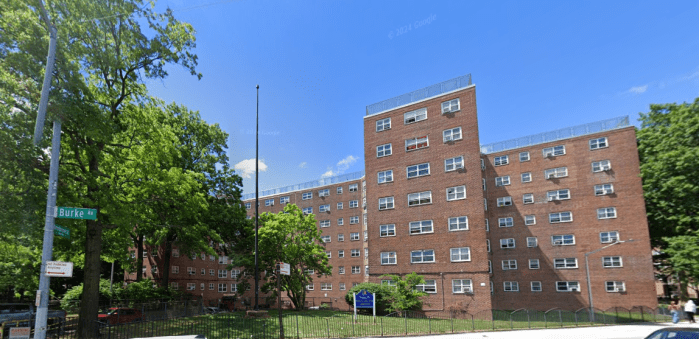
It could be said that it wasn’t until he got to New York City that Rene Hofstede fully embraced his Dutch heritage — first in biking and then in flowers.
His parents were in the flower business, a key industry in tulip-famous Holland. But he studied philosophy in university.
And like any good native of a country with bike highways he started pedaling to school around age 4. Even today, he has the lean angular physique of a cyclist. But, unlike his brother and nephew, he never raced seriously.
Then at age 25 he came to New York and everything changed. It was the late ’80s; he needed money. So he became a bike messenger, braving dangerous streets in the days before protected lanes.
Good riders stayed ahead of car traffic. They rode quickly and got to know the city. Hofstede learned it so well he opened his own messenger company. As luck would have it, his office was just across the street from that of fashion designer Giorgio Armani. He made deliveries. Then one day, he sent a bouquet to an Armani staffer to thank her for some business. “A simple arrangement,” said Hofstede, 55. But he got an unexpected call back: “Rene, who’s your florist?”
“I’m Dutch and cheap,” he says. “I did it myself.” Soon he was installing flowers for Armani and a new career began.
Stumbling into the flower business
In those days, New York was “a flowerless city,” says Hofstede. You wouldn’t see the modern proliferation of bulbs and bins outside the average deli for fear they’d be destroyed.
But there was a small swath of town that has always been verdant, at least since the Greeks arrived in the late 19th century: Manhattan’s flower district. Smaller now, but still an aromatic block on 28th Street between 6th and 7th, where wholesalers open their storefronts early for the florists to take their haul — citronella, sunflowers, succulents and birds nest ferns make the street a little sidewalk forest. Hofstede eventually moved nearby to give his birthright a shot.
He made his mistakes: Early on, Armani wanted elegant white flowers for the office, so Hofstede chose pear blossoms. Unfortunately, in a closed indoor space, he says those flowers began to smell like urine. But he had an innate sense of design, and knew how to read the rooms his clients eagerly showed him. He didn’t have the training his countrymen might have expected: “In Holland, you go to flower school for 10 years,” he says. In America, you hang up a shingle.
But for the kind of high-end floristry he was doing, word of mouth was a good way to get business.
He would do custom bouquets for customers looking to congratulate actors on Broadway appearances, or to thank friends for opening their LA homes. Maybe the note would say, “I miss the LA sunset,” so he’d splash the arrangement with orange and yellow. He’d try to “convey an emotion,” he says, and often it worked.
Back to basics
He decorated for restaurants, hotel lobbies, family townhouses and special events. Peonies and hydrangeas for the symmetry of an old colonial, something less rigid and more textured in a glassy penthouse.
These days, his work includes events for companies like Snapchat and TV shows like “Saturday Night Live.”
For bouquets, he charges in the neighborhood of $125. Decorating a home can cost as much as $5,000 a week. His work has been featured in photoshoots and the pages of papers of record, as when he traveled to decorate the Dutch ambassador’s residence in Washington, to mark the 25-year reign of the Netherlands’ Queen.
Maybe it’s not surprising that cycling and floristry proved so amenable for Hofstede in latter-day New Amsterdam, which of course was a Dutch colony first. Perhaps it retains some of the “freewheeling” frenzied commerce and hustle that once made Holland a mercantile and flower capital. In modern NYC, there’s always work to be done, given so many industries and institutions in one place: Wall Street, fashion, media, the United Nations. Fall tends to be the big season, Hofstede says, when everyone is back in town and gunning, and he’s gearing up for it now. It’s typical of florists to know everyone, work on anything, set up the greenery just so.
That’s what Hofstede has done for decades, making NYC more colorful. And after a week when the flowers wilt or die, he’ll do it again.




































